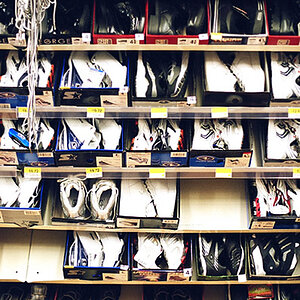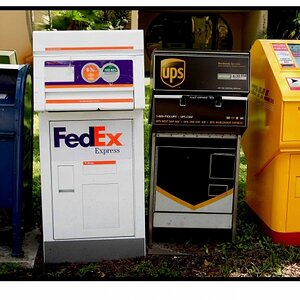neea
TPF Noob!
- Joined
- Nov 27, 2006
- Messages
- 710
- Reaction score
- 0
- Location
- Canada
- Can others edit my Photos
- Photos NOT OK to edit
Ok. So I got my digital camera to quickly and more easily learn how to shoot in full manual mode all the time.
Can I transfer settings from my digital camera to film and get the same or similar results?
example: shooting at 1/200 and f5.0 at 100 ISO
Or would I have to compensate somehow?
Hope this makes sense.
Thanx
Can I transfer settings from my digital camera to film and get the same or similar results?
example: shooting at 1/200 and f5.0 at 100 ISO
Or would I have to compensate somehow?
Hope this makes sense.
Thanx



![[No title]](/data/xfmg/thumbnail/42/42397-30faa170de7ed9be38adf00b9b26a220.jpg?1619740167)
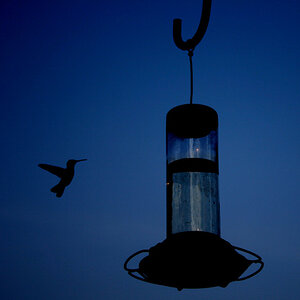
![[No title]](/data/xfmg/thumbnail/37/37280-a7e70a01ccd331918e71645cd4c1f16e.jpg?1619737977)
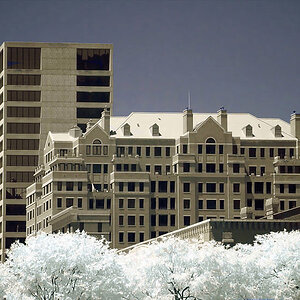
![[No title]](/data/xfmg/thumbnail/42/42326-1e75ade9716f7e863d85def8d13cf591.jpg?1619740127)
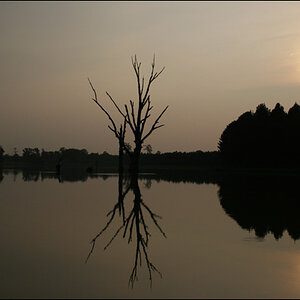
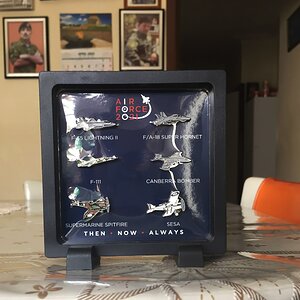
![[No title]](/data/xfmg/thumbnail/41/41798-aacfc8368463d919cba743fe318706b6.jpg?1619739897)
